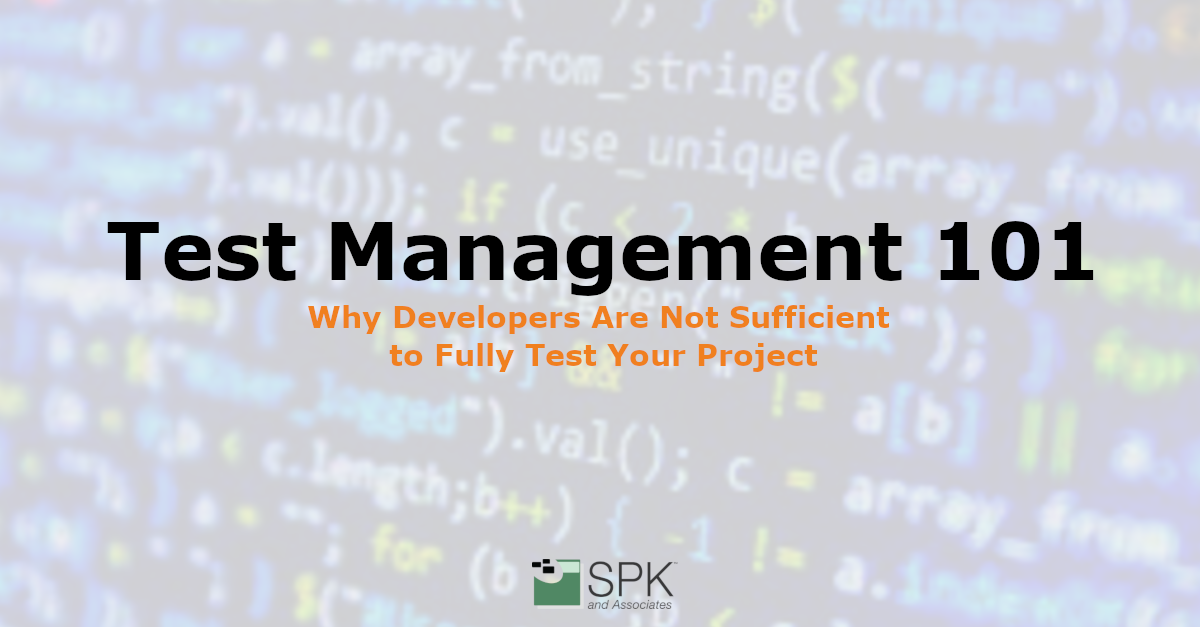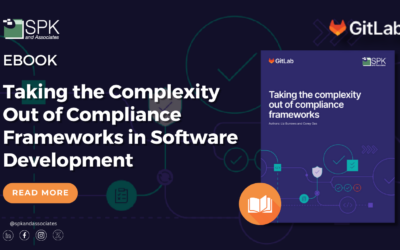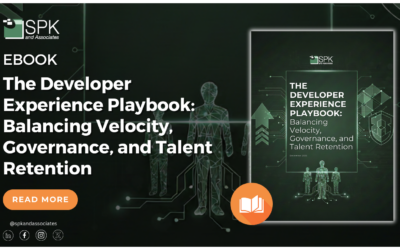When I started my career at Cadence Design Systems, testing felt like a different universe. We were laser-focused on chip-level precision, simulation accuracy, and long regression cycles that could run for days. Developers wrote code; QA teams caught the bugs. It was clear, structured… and slow. Fast-forward to 2025, and testing has completely reinvented itself. The line between development and QA has blurred, and honestly, that’s a good thing. As someone who’s now leading DevOps and ALM transformation work at SPK and Associates, I’ve seen this shift happen across medical device teams, aerospace, automotive, and everywhere in between.
AI: From Buzzword to Teammate
We used to joke about AI writing our tests someday, and now that day’s here. Agentic AI testers are the new kids on the block. They don’t just run tests, they think. They can plan strategies, generate new tests from real user behavior, and even heal themselves when a UI changes. It’s eerie at first, but once you see it work, you don’t want to go back. Generative AI is now part of daily life. You describe a feature in plain English, and it drafts the test cases, creates mock data, even writes the scripts. What used to take a week now takes minutes. Predictive bug hunting has become a standard practice. AI looks at your code history and tells you, “Hey, this module over here? 78% chance it’s gonna fail in the next sprint.”
Testing Isn’t a Phase — It’s a Pulse
At Cadence, testing happened after we built something. At SPK, we’ve flipped that on its head.
- Shift-left means testing early (during design, during coding), catching issues when they’re cheapest to fix.
- Shift-right means testing later — in production — watching how real users behave through telemetry, canary releases, and chaos engineering.
- QAOps is the glue that keeps it all together.
Testing is now part of the DevOps pipeline. Every commit, every merge, and every deploy runs through automated quality gates. We don’t “do” testing anymore. Testing just happens, all the time.
Everyone’s a Tester Now
The old model of “throwing code over the wall” is dead (and good riddance.) With low-code/no-code testing tools, even product managers and business analysts can design automated tests. Quality has become a shared responsibility. The QA folks are now more like coaches, guiding developers and teams on how to build testing in from the start. In addition to this, accessibility testing is no longer optional. Between regulation and user expectations, inclusivity is part of the definition of done.
Security, Data, and Performance Are Core Quality Metrics
In 2025, functionality is just table stakes. The real question is: Is it secure? Is it fast? Does it scale?
- DevSecOps has made security testing everyone’s problem, scanning, monitoring, and securing from the first commit.
- Data-driven testing utilizes analytics to pinpoint where real user risks lie. We test what matters most.
- Performance engineering means thinking about speed and scale from day one, not as an afterthought.
So What’s Really Changed?
If I look back over my journey, from building EDA tools at Cadence to helping modern engineering orgs transform at SPK, here’s the headline:
Testing has gone from an event… to an ecosystem. It’s continuous, intelligent, and team-owned.
It’s powered by AI, informed by data, and grounded in ethics.
Building the Future of Continuous Quality with SPK
At SPK and Associates, we help engineering and software teams fully embrace this new era of intelligent, integrated testing. Our consultants bring deep experience from regulated industries where quality, security, and compliance are mission-critical. We help teams shift left and integrate AI and automation into every layer of the SDLC. With SPK as your partner, your teams can build faster, release safer, and innovate with confidence. If you are ready to unlock new technology and best practices for test management, contact us today.









